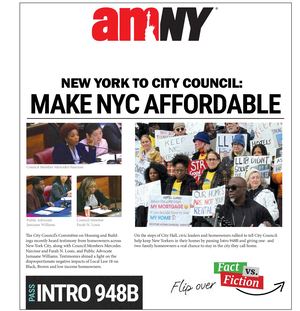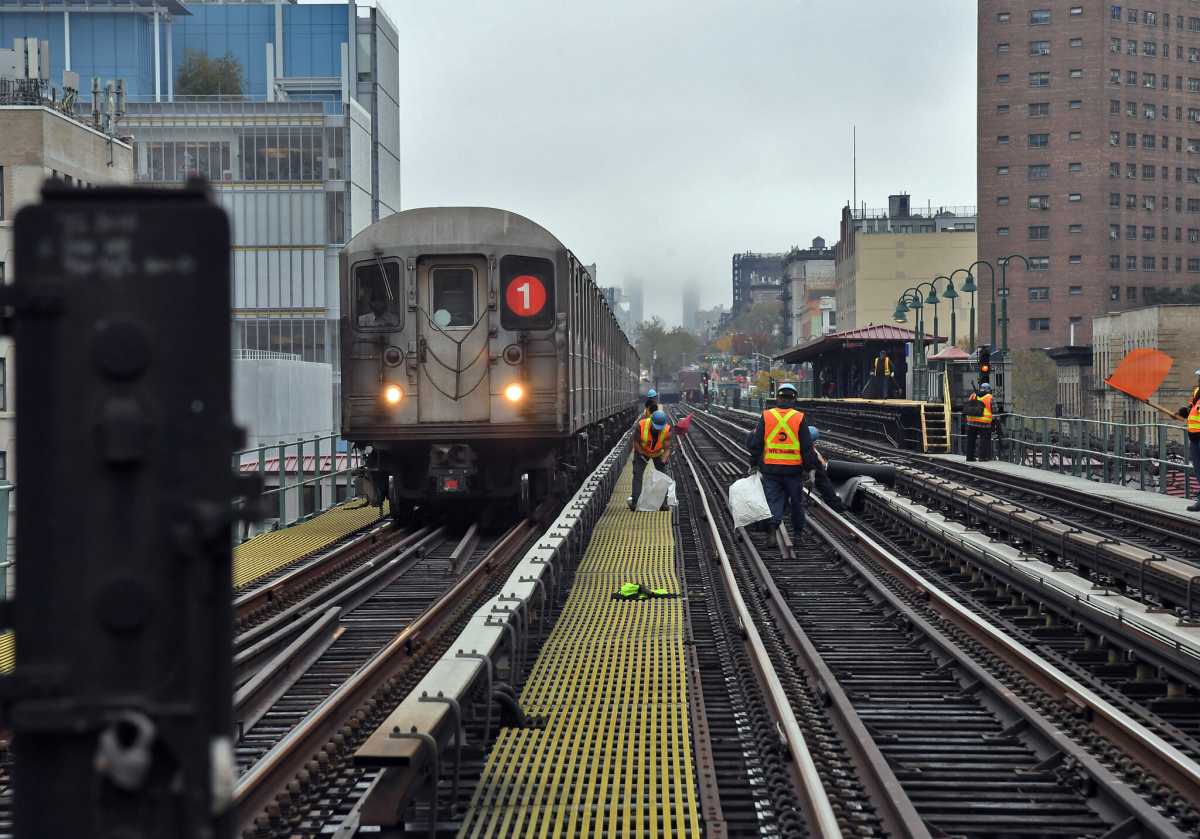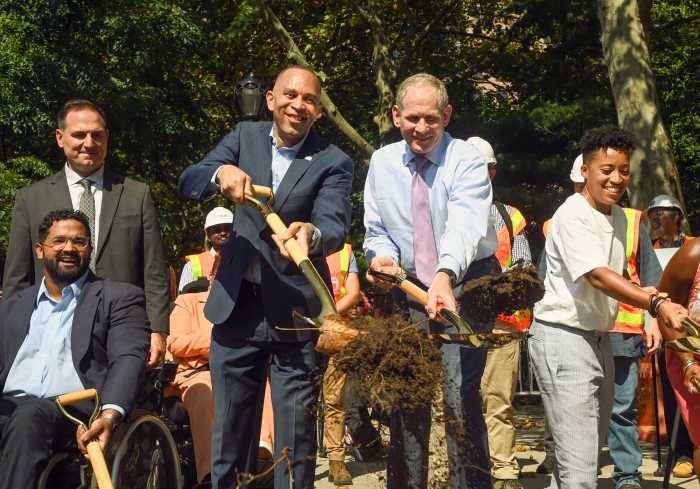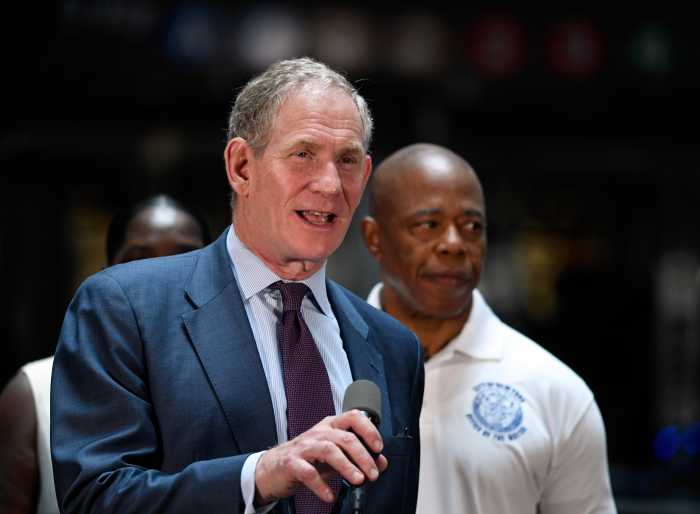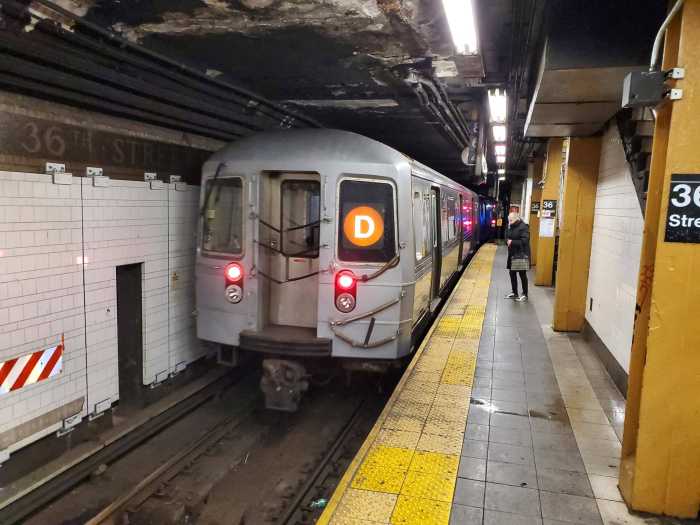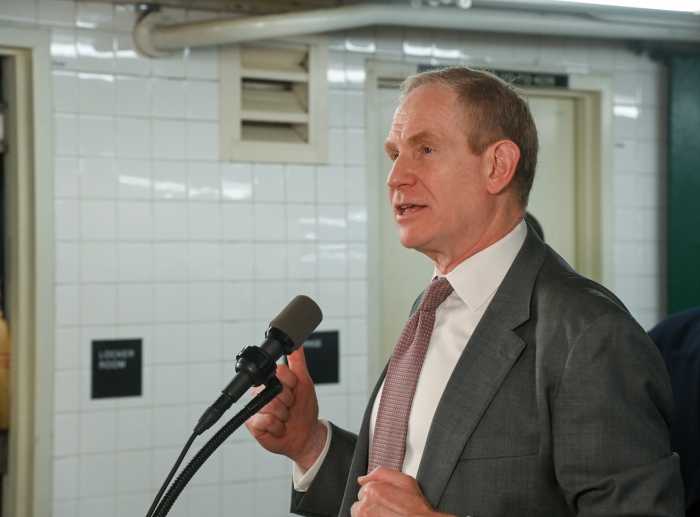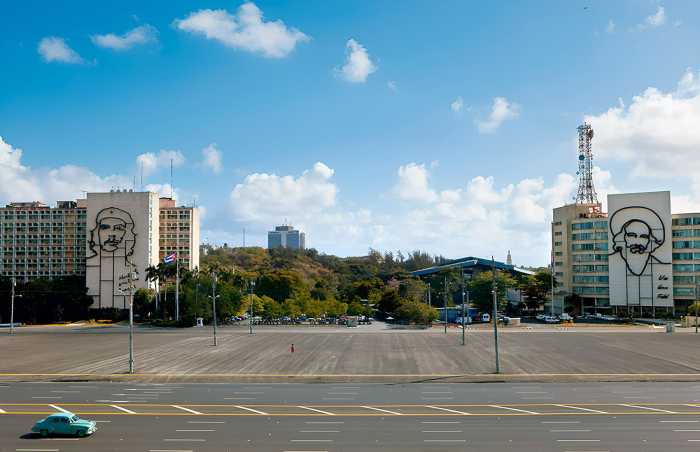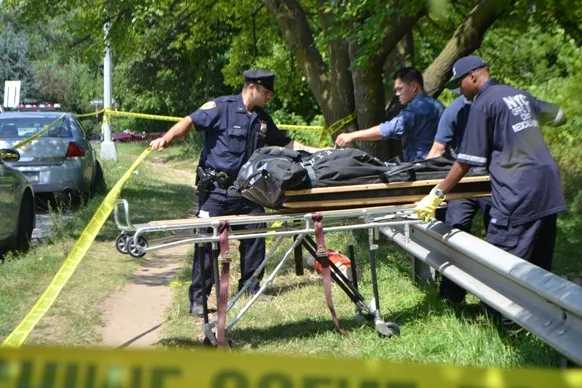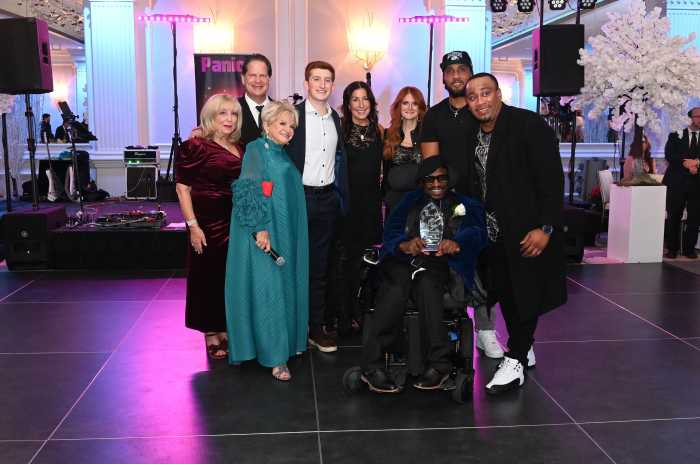Every five years, the MTA is required to come up with a five-year Capital Program, where – together with State, City, and federal partners – we chart out wide-ranging investments to modernize, fortify, and expand the system and put our infrastructure in a State of Good Repair. The latest plan, for 2025-2029, will be adopted at our next Board meeting on September 25. But, as always, the plan will depend on funding decisions to be made in Albany later this year and in Q1 2025.
I talk a lot about MTA’s importance to the region, but it’s no exaggeration. At our density, New York can’t survive without high-functioning mass transit, and our $1.5 trillion system needs regular investment to operate at its best. As anyone around in the 1970s can tell you, that hasn’t always been a guarantee.
Former MTA Chair Richard Ravitch pushed to create the first Capital Program in 1980 to bring regional transit back from the brink of collapse, and it worked. On-time performance improved and ridership ultimately more than doubled, while the region gained 1.3 million jobs and 1.5 million residents.
The 2020-2024 plan has allowed MTA to make huge strides on ADA accessibility, modern signals, and transformational expansion projects like Grand Central Madison, LIRR Third Track and Metro-North Penn Station Access.
But while trains these days break down much less often – every 120,000 miles compared to every 6,000 miles back in 1980 – and while graffiti is (mostly) gone, we still have a lot of work to do. Components that were middle-aged 40 years ago are now old, decrepit and struggling to accommodate MTA’s growth. Even the brand new subway cars that Chair Ravitch bought back then are now well beyond the end of their useful lives.
Enter the 2025-2029 Capital Program. MTA staff have been toiling for months, condensing vast ideas outlined in our 20-Year Needs Assessment into a single five-year plan – no easy task since our wish list is long.
Our rolling stock is aging out. 1,500 rail cars currently in operation are already past their 40-year limit, and we’re going to need to replace almost 4,000 cars total over the next 20 years. Likewise for buses – the entire fleet of 5,840 vehicles is going to need replacement by 2044.
We need to make more stations accessible, so all New Yorkers can take advantage of our amazing system. We need to keep modernizing signals, so we can run more trains closer together and reliably – the kind of stellar service we already see on the L and 7 lines. Power and communication systems – many more than 50 years old – also need to be upgraded.
And we’re not forgetting about expansion projects like the Interborough Express, safety upgrades like platform edge barriers, and the need to harden the MTA network against fare evasion and the impacts of climate change.
We at MTA are ready to do the work. During the pandemic, I oversaw efforts to consolidate five separate construction organizations into one unified outfit, MTA Construction & Development. The team has been knocking it out of the park ever since, delivering projects big and small faster and cheaper than ever, and awarding new contracts at a record pace.
All we need now is the resources to keep going. Governor Hochul has pledged to fund the $15 billion in projects outstanding from the current MTA Capital Program (from the pause of congestion pricing) and support the 2025-2029 plan. But the State Legislature must also do its part, as they have in the past.
Having worked for more than a decade to rebuild the World Trade Center, I’m an incurable optimist, and I’m confident we can come together. New Yorkers might not agree on everything, but we all recognize the importance of mass transit.
Janno Lieber is MTA chair and CEO.
Read More: https://www.amny.com/nyc-transit/
